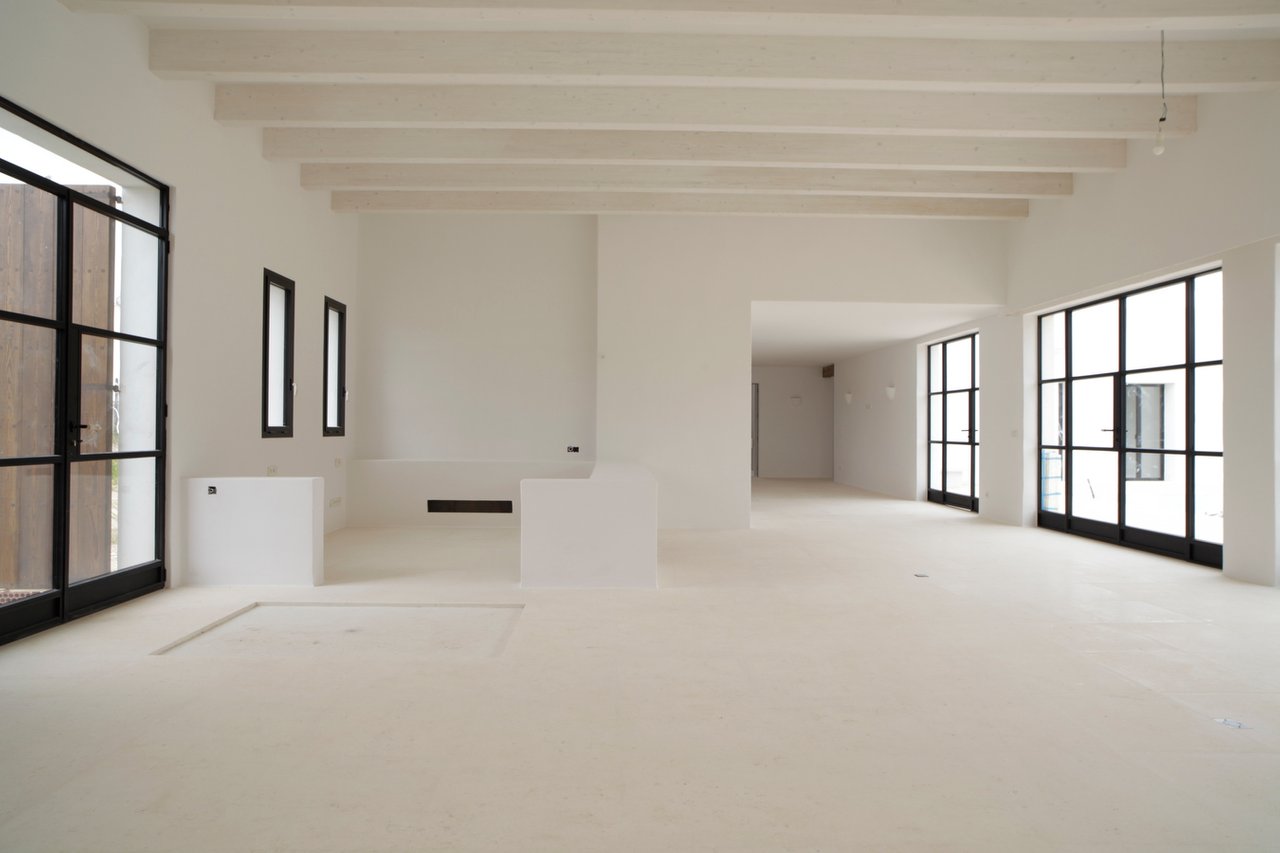Continuing with the topic of photographing architecture, today we are going to see how we deal with empty spaces.
On many occasions I have had to face the task of photographing buildings or spaces that are completely empty. These spaces don't usually have many references of scale and the lack of interior volumes such as furniture, make it complicated, and perhaps boring, to do a good job of an empty interior space. I must point out that the topic is a challenging one and I find most of the empty spaces very attractive.
If there is absolutely nothing in the space to be photographed, a symmetrical view of the place can work quite well. The hall of this hospital still not used is a good example.
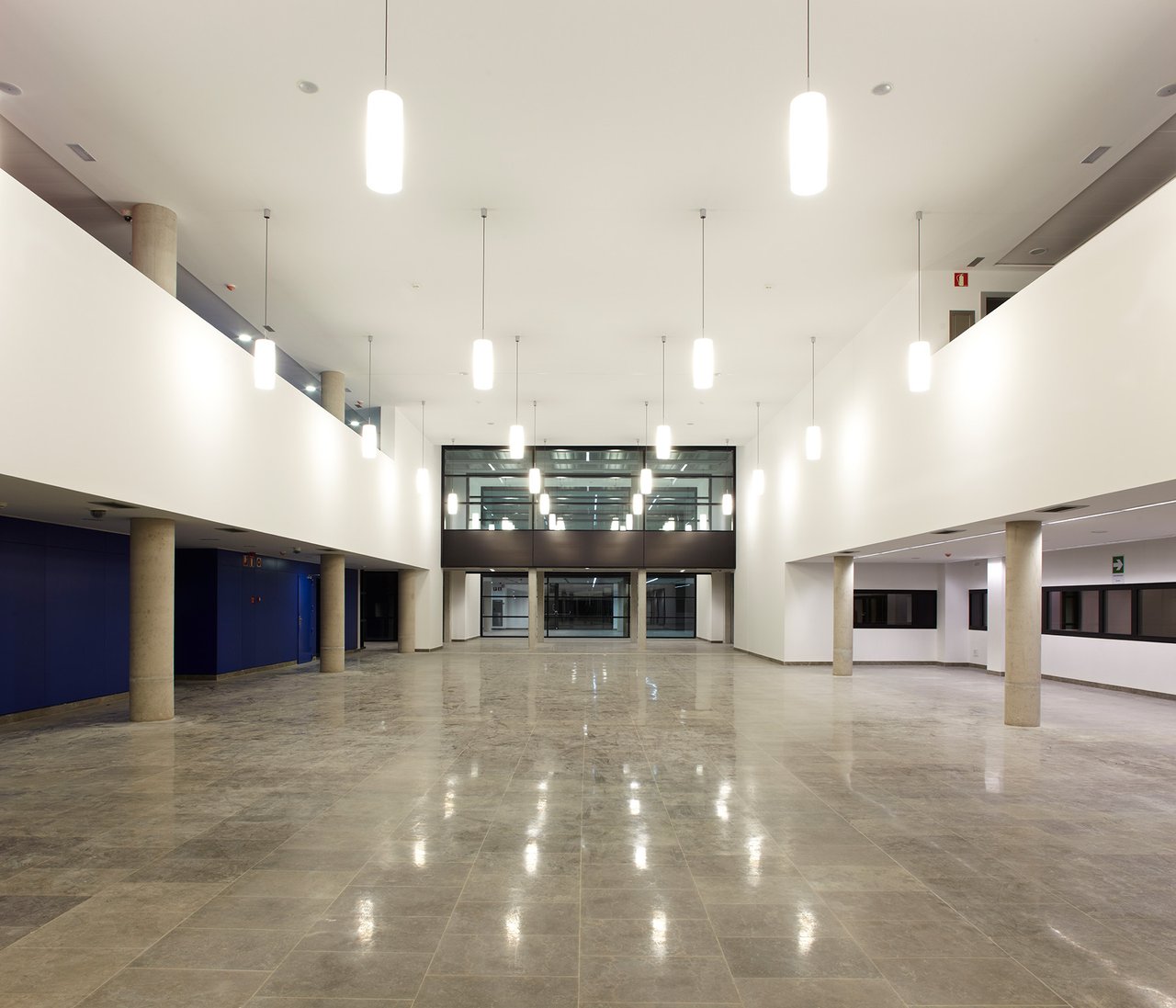
Another instance of a symmetrical point of view of a conference room just about to be furnished.
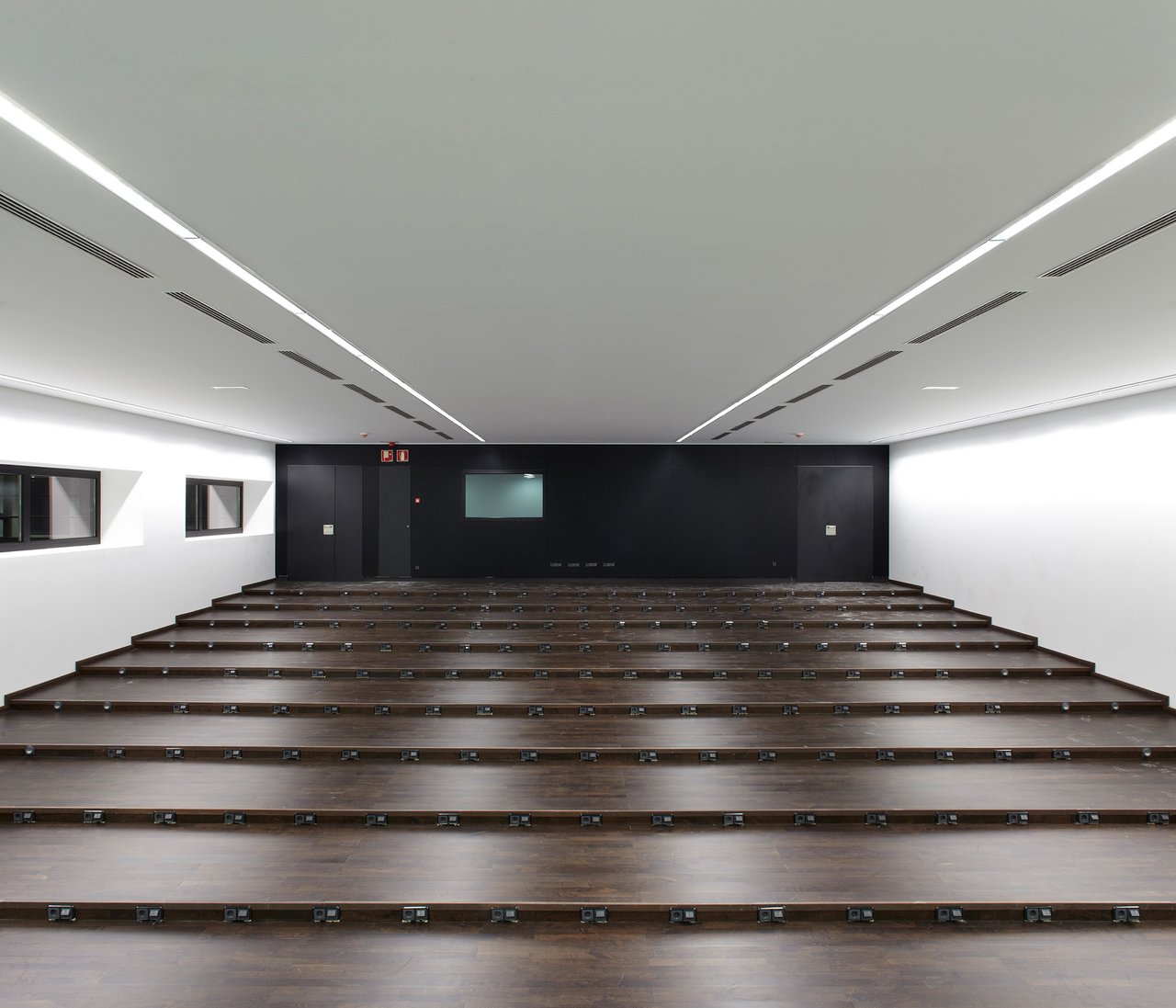
If the setting is smaller and has different volumes, we should look for a shooting angle that makes them attractive and balances the visual weight within the image.
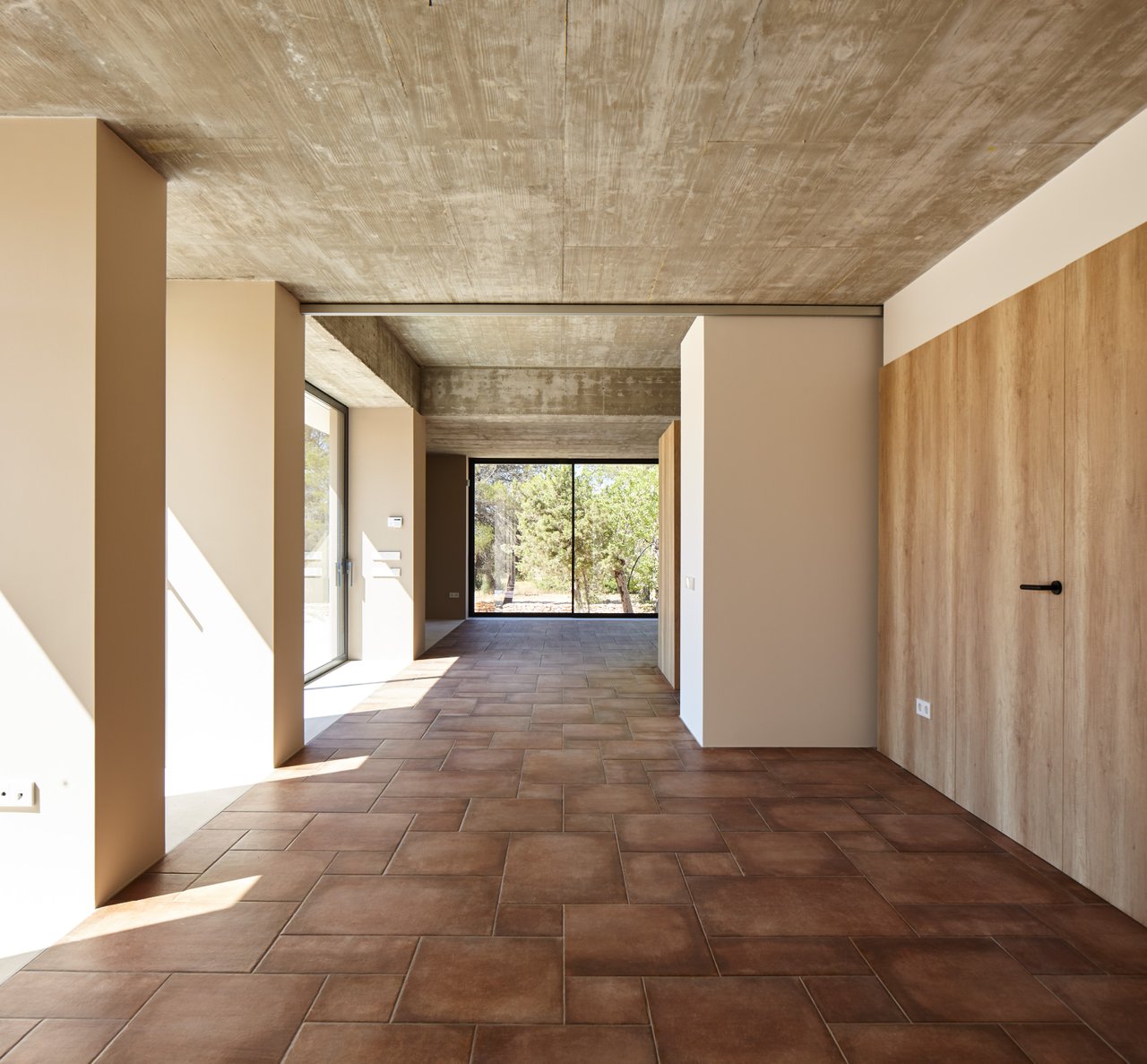
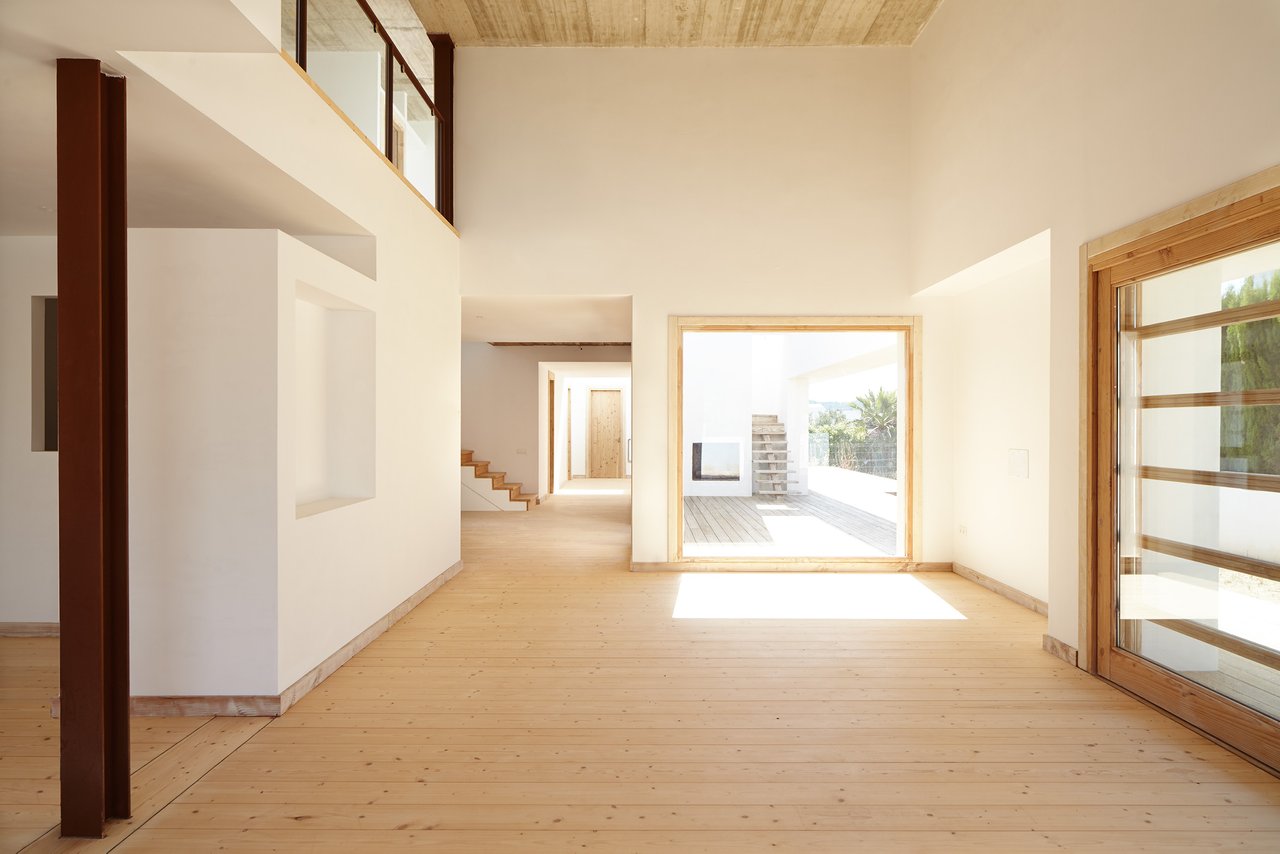
Underground car parks are a topic in themselves. I particularly find them very photogenic.
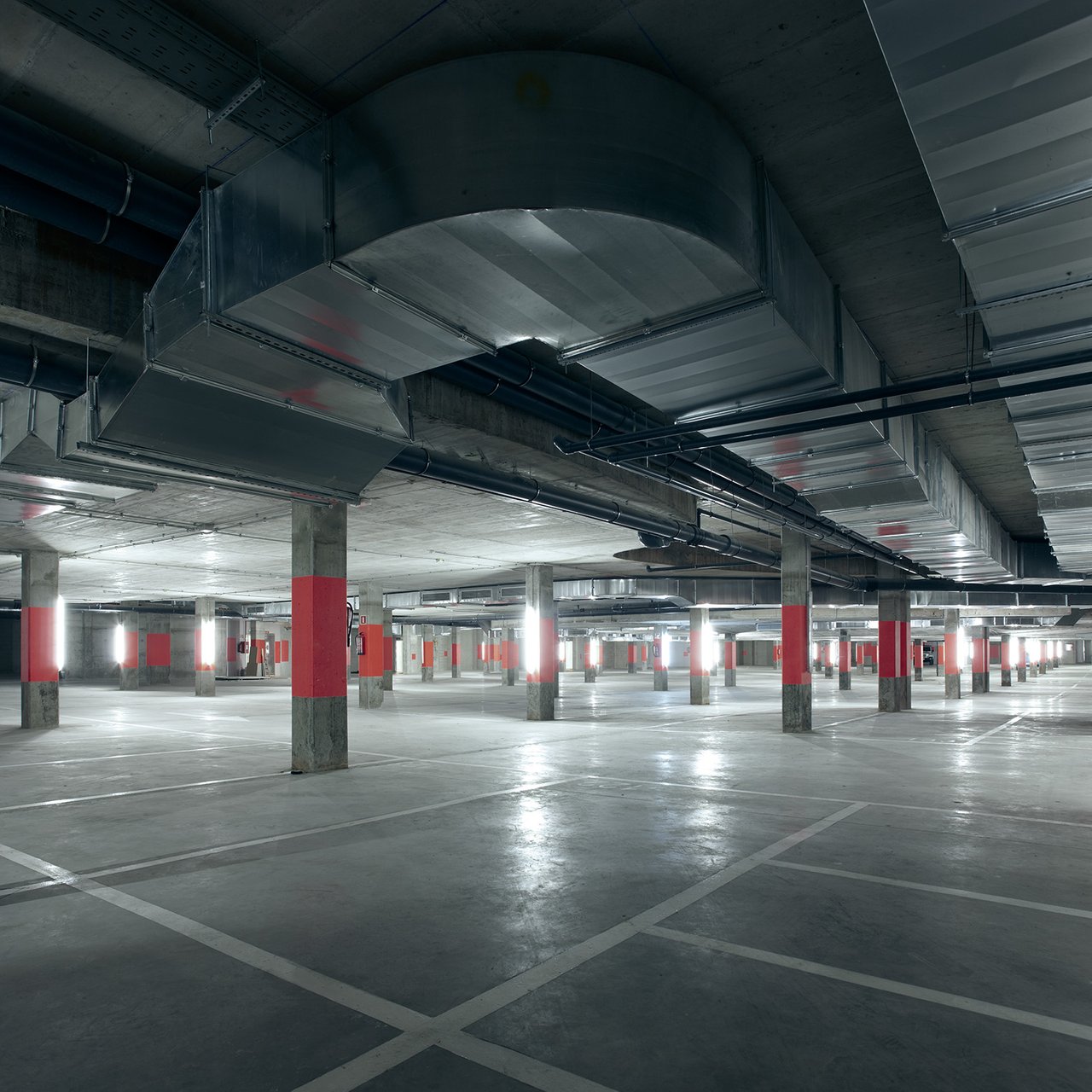
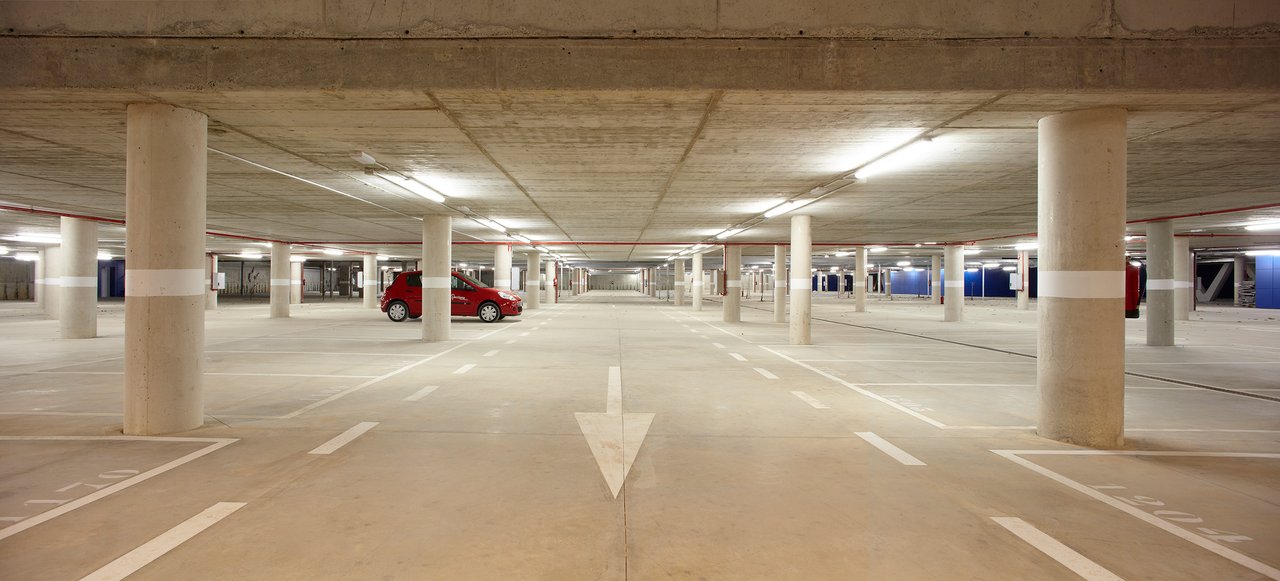
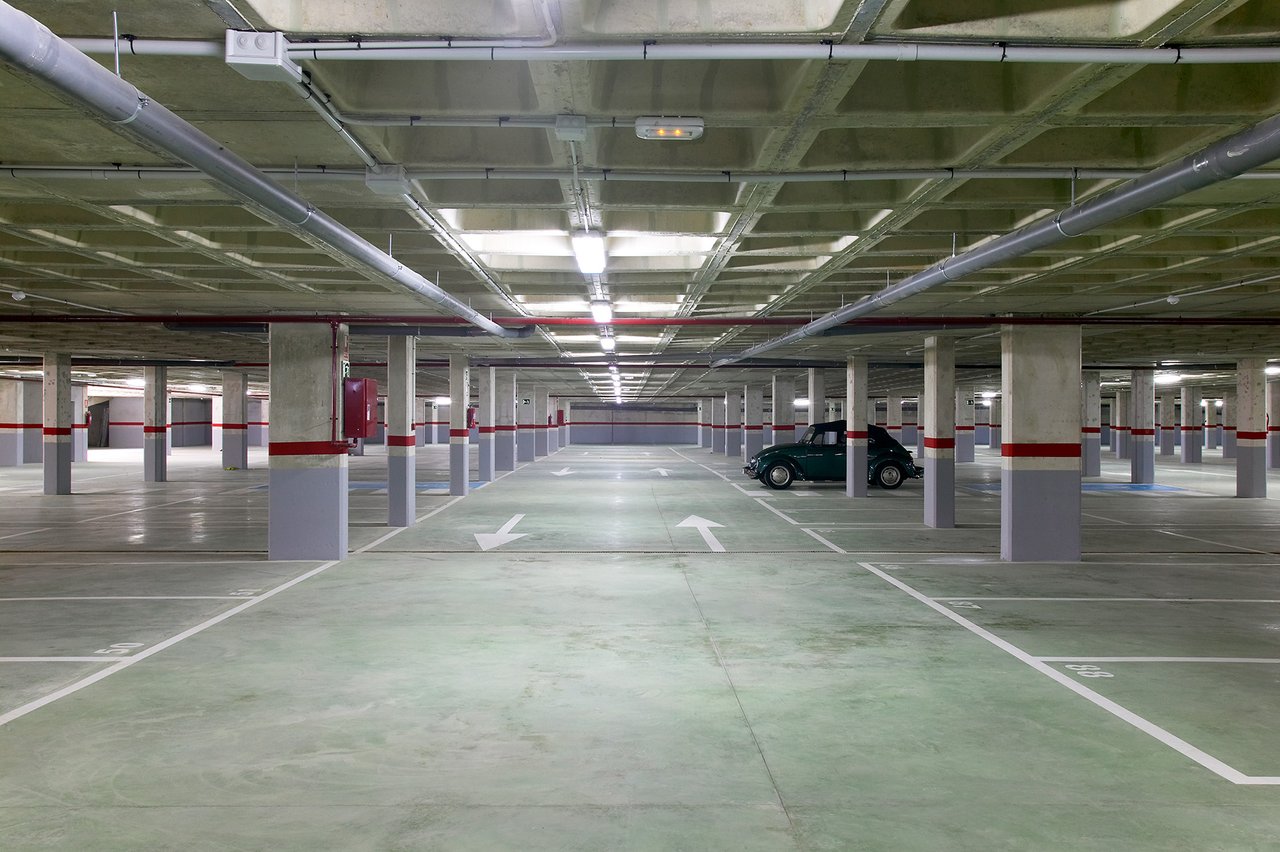
Another interesting aspect is that some phases of the construction of a building are very attractive visually and we should take advantage of it.
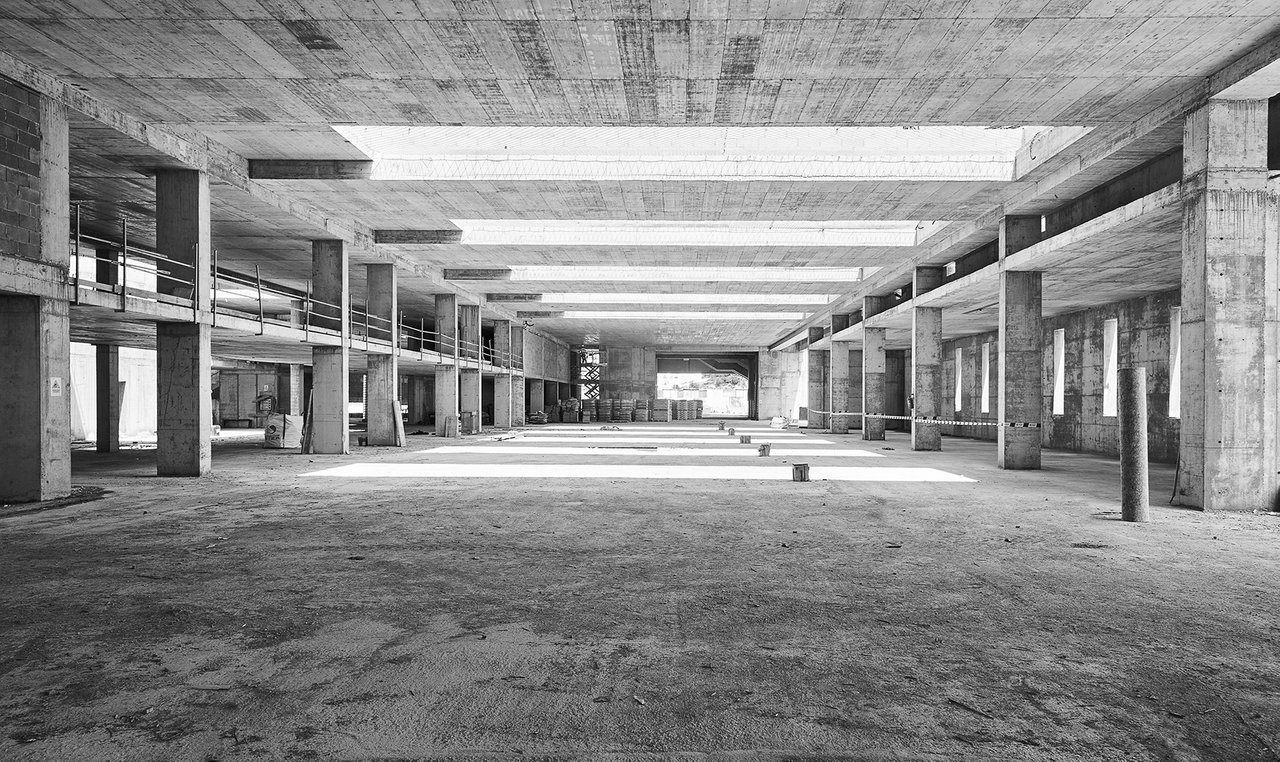
Here is a before and after of the same empty space while it was in the building process.
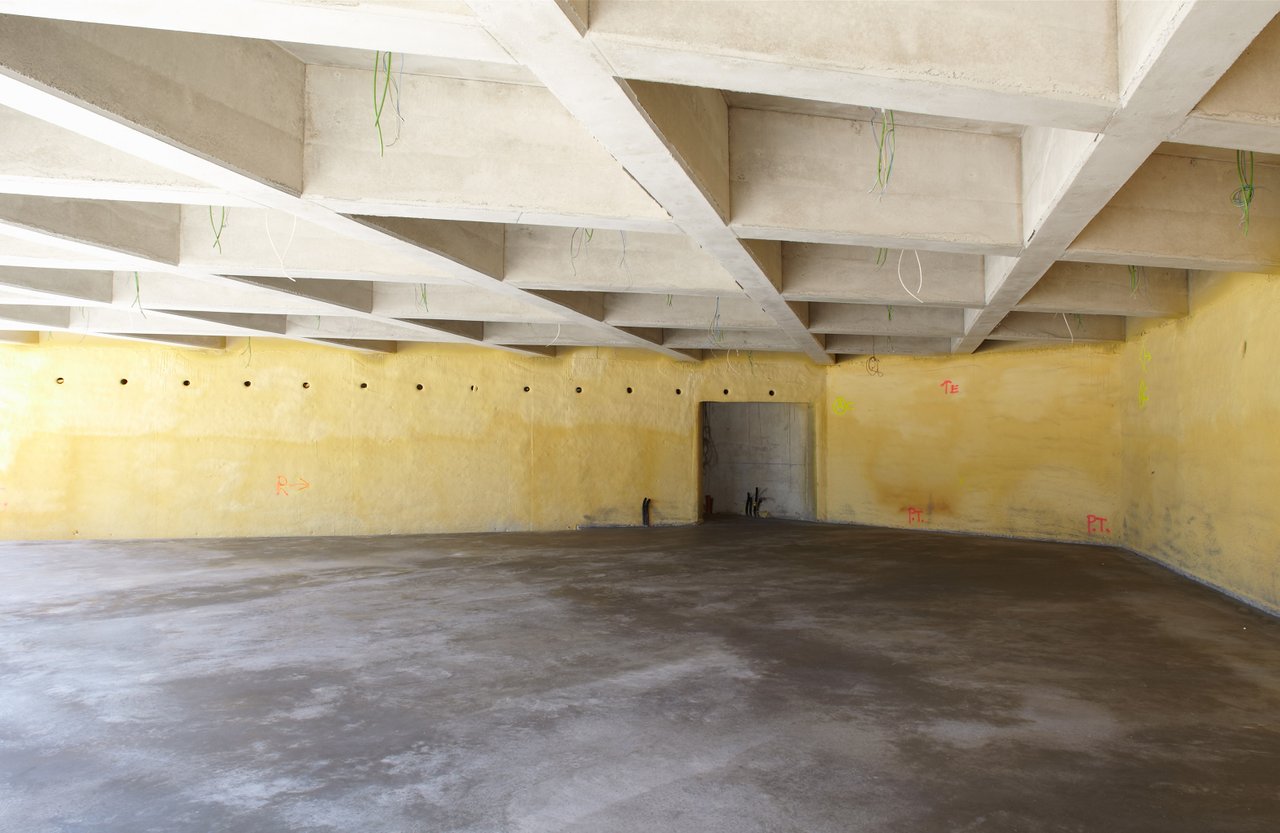
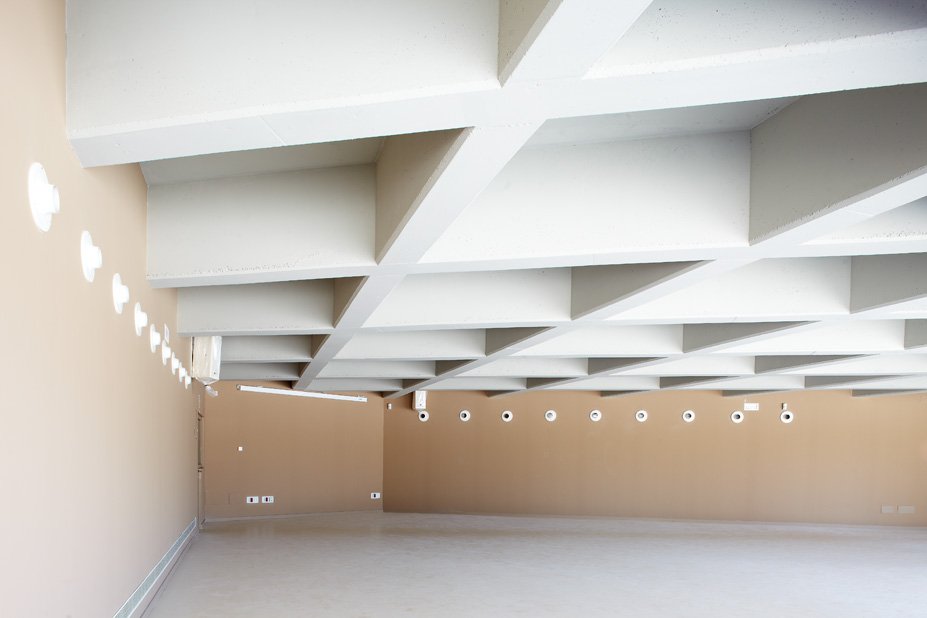
Playing with external light is a good option, especially because in this type of situation it is normal that we do not have electric light.
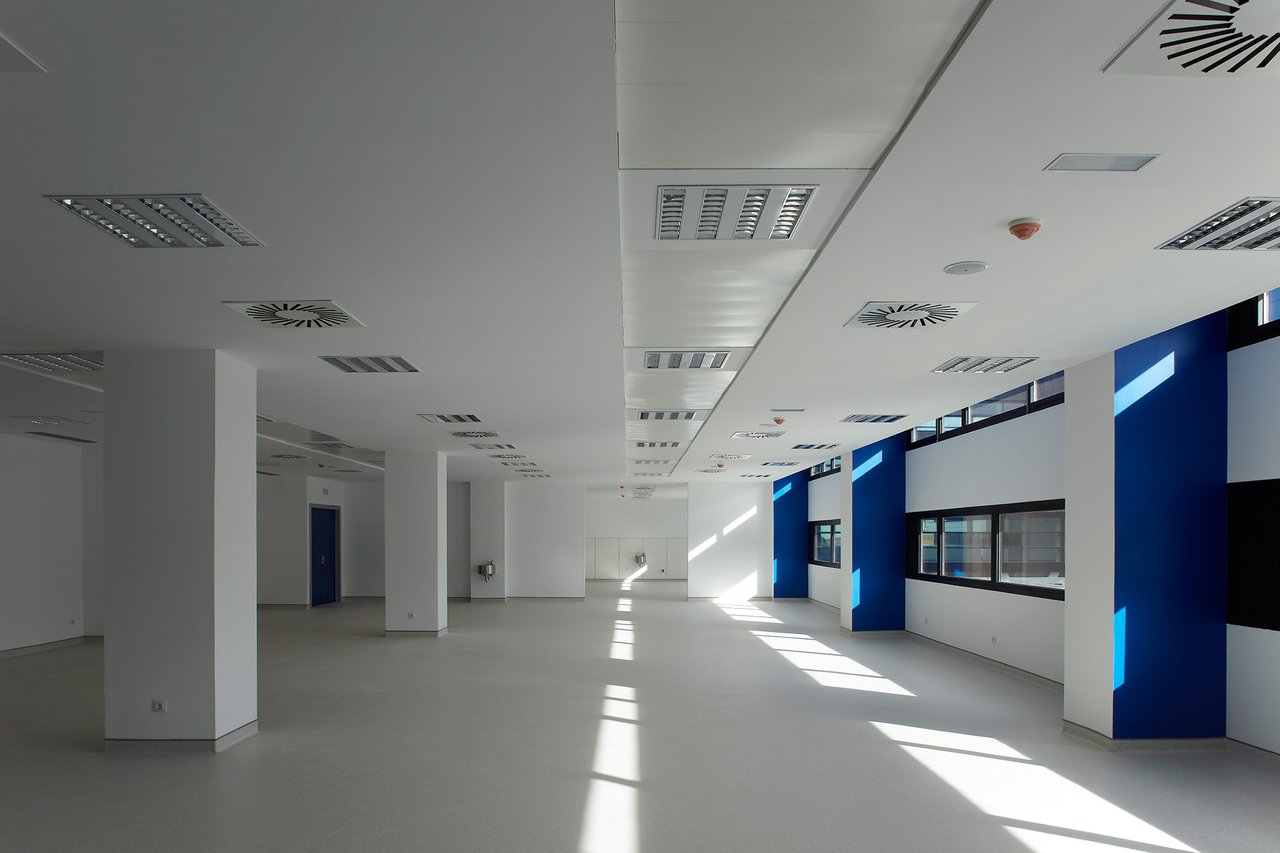
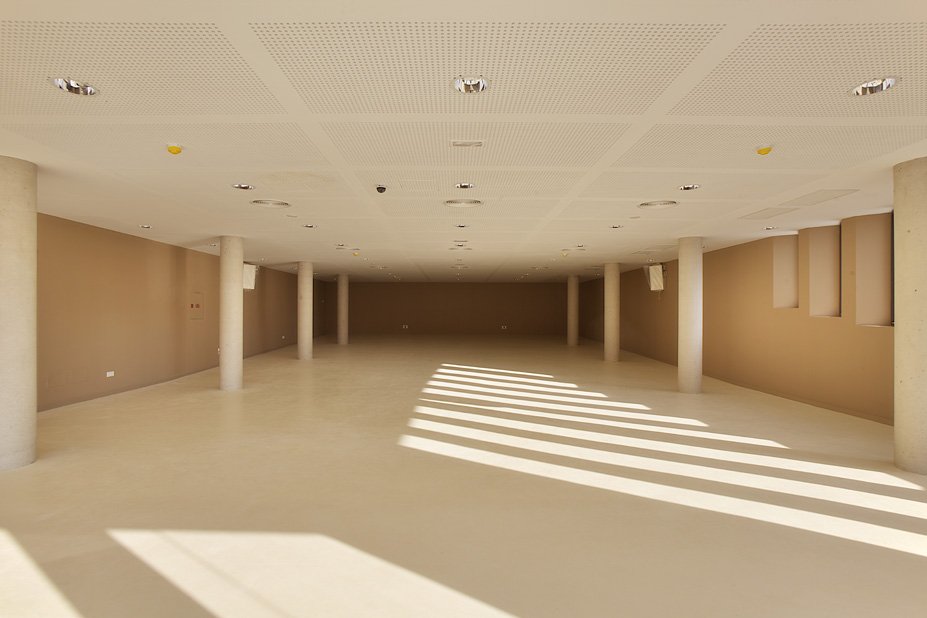
Small details are important in an interior reportage. If there is any element with which we can make a close-up, don't let the opportunity pass you by.
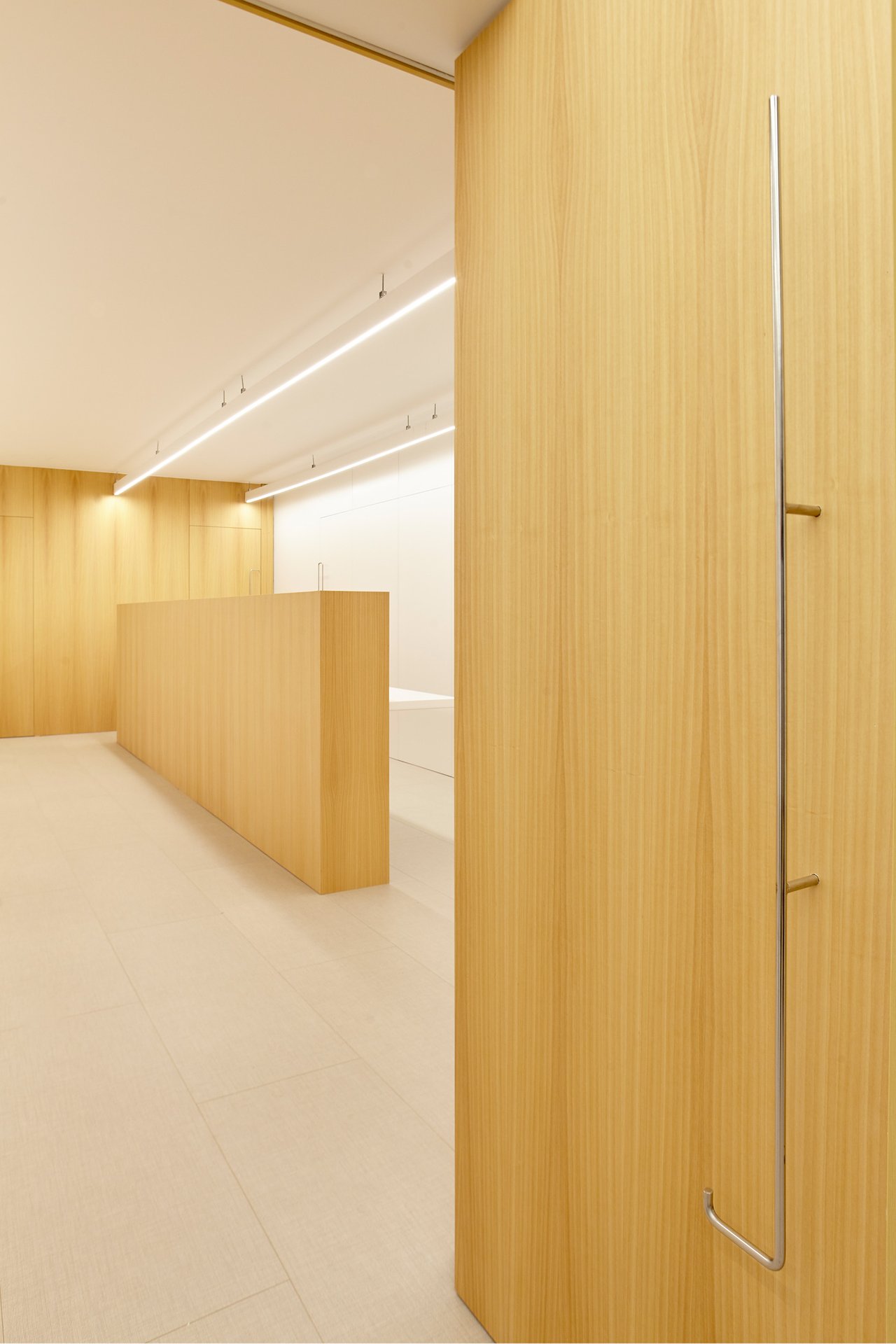
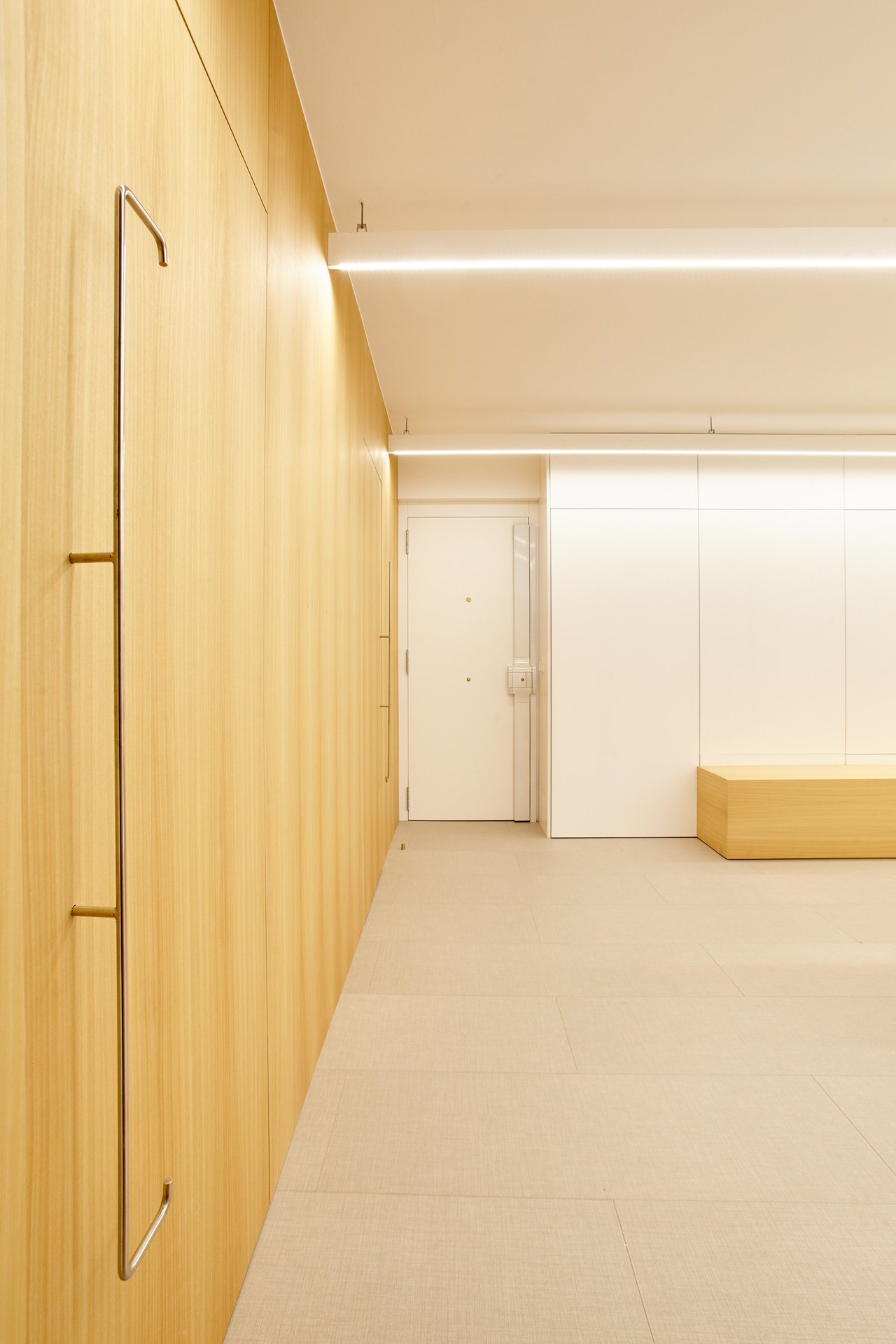
In short, when we find an empty interior space, the best thing to do is to take a look at its angles, in order to find the right one to take an attractive photograph of it. If we can play with natural light, we should preferably position ourselves in a place where it falls diagonally, to make the composition more dynamic. And let's not forget that ceilings and floors also play an important role in architectural photography.
I think that with these basic tips our interior photos of empty buildings and houses can be quite attractive. It only rest to practice, practice and more practice.
Of course there are many aspects of architectural photography that have been left out, there is not enough space in a post to summarize what is a speciality like this, but we will try to keep evolving the topic.
And that's all for today. I hope these tips will be useful and that some of you will be able to apply them to your photos of buildings and interiors.
Thanks to @xpilar and moderator @stef1 for giving me the opportunity to publish these articles.
If you are interested, feel free to ask your questions.
Unless stated otherwise, all the pictures and the words are mine.
Do not use this images without my written permission.
Thanks for stopping by and taking a look.
Camera: Canon EOS 5 Mk II and MkIII
Lens: Carl Zeiss 21 f:2.8, Canon 16-35 f:2.8 and Canon 24Ts f:3.5
Processed with Capture One

